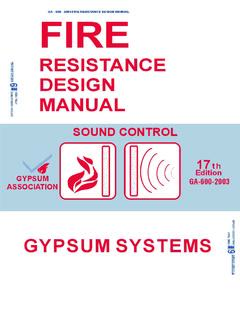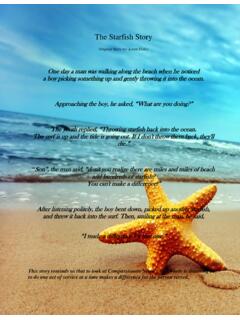Transcription of Scientific Writing: IMRAD Format - Research & Writing Center
1 B r i g h a m Y o u n g U n i v e r s i t y R e s e a r c h & W r i t i n g C e n t e r r w c. b y u . e d u 3 3 4 0 H B L L Scientific Writing : IMRAD Format A common Scientific Writing Format is IMRAD , which stands for Introduction, Methods, Results, And Discussion. This type of Scientific Writing is useful for educating and recording knowledge about Research processes as well as findings. While this handout offers general principles and useful guidelines, always tailor your work to your audience and assignment. Introduction The introduction sets the tone and provides an overview of your work. Consider the following guidelines: Contextualize your work by supplying readers with background information including introducing theoretical rationale and defining key concepts or terms.
2 If a literature review is not required as a separate section, provide a concise overview of relevant literature (guiding theories and studies) to orient and prepare the reader to understand the purpose and positioning of your work within the larger conversation about your topic or work. Indicate how your work will address a gap in knowledge. State the purpose of your work. Present the hypothesis or Research question(s) that will guide your work. Methods The methods section is an account of the Research process used to produce the results. Consider the following suggestions when composing this section: Provide sufficient information about the methods and materials used to enable other researchers to reproduce your work.
3 The ability to replicate Research is an indicator of the validity of the work. This section may include several subsections, depending on your field of study and assignment. Subsections may include, Research design, procedure, materials, sample size, data collection, Research instruments, data analysis, reliability and validity, setting, participants, the role of researcher, etc. When working with living organisms, include their Latin names, including genus, species, and strain. If you worked with chemicals, provide generic names, as not all brand names are recognizable. Help readers find and understand the essential information by only including relevant details ( , quantities, participant demographics) that help make the study understandable and replicable.
4 If appropriate, acknowledge that IRB approval was received. Write in the past tense since present tense. Write chronologically, so others may accurately repeat the process and procedure of your work. Also, since this section focuses more on the action than the actor, passive voice is acceptable. Do not include results or analysis, unless they are needed to understand the methodology. B r i g h a m Y o u n g U n i v e r s i t y R e s e a r c h & W r i t i n g C e n t e r r w c. b y u . e d u 3 3 4 0 H B L L Results In the results section, provide a summary overview of your methods and experiments along with an account of your data. Be selective when presenting your data, and consider the following: Provide data in a clear way and avoid misleading readers.
5 For example, if you had a sample size of only four, saying that 25% of respondents felt a certain way may be irrelevant and misleading. Do not omit data that does not support your hypothesis, but account for it, so others can learn from your work. Organize data clearly and logically. There are many possibilities for organizing and addressing results: in the same order they were presented in your introduction, chronologically, most to least important, simplest data to most complex, chemical class by chemical class, qualitative and then quantitative, etc. Use figures, tables, charts and graphs to better illustrate your data. Remember that the text should refer the reader to the chart, not repeat the information in the chart.
6 Discussion The main purpose of the discussion section is to show the relationships between your data and your hypothesis or Research questions. Consider the following to most effectively write the discussion section: Provide a short summary of results, only as needed or required by your field or assignment. Explain the principles, relationships, and generalizations implied by the results of your work. Discuss rather than simply repeat results. Show how your results and interpretations agree (or disagree) with previously published work. Do not cover up or falsify data. Address any exceptions or any lack of correlation, and explain unresolved or unexpected outcomes. Clearly state and summarize the evidence for your conclusions.
7 Outline the significance and limitations of your Research to give the reader an idea of the strength and validity of your work or position. Explain relevant theoretical implications, practical applications. Suggest future areas of Research or Research questions resulting from the work. End your discussion with a closing summary about the significance of the work.









